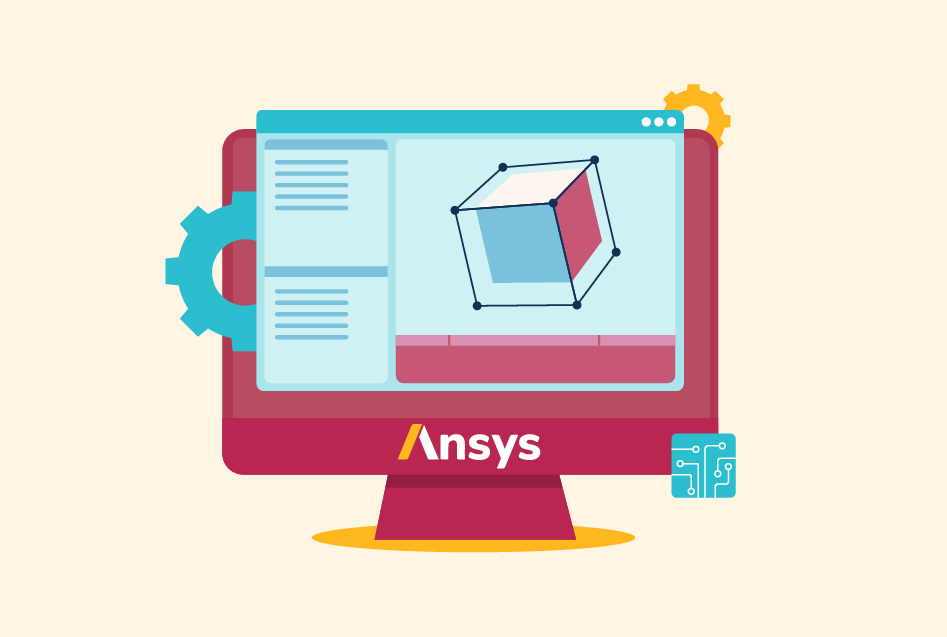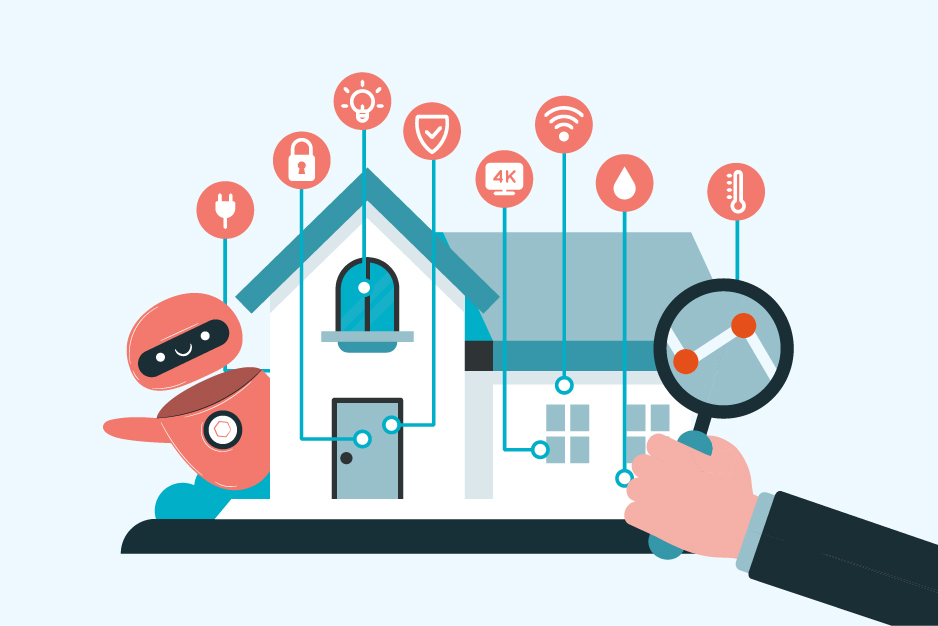10 Embedded Systems Examples
Do you know what makes embedded systems so popular? It is their specific functions and versatility within a particular system that makes them ideal for diverse uses. Embedded systems are computer systems that are designed to carry out specific functions within a larger system. Their main task is to make specialized functions run more efficiently with minimal human interaction. There are a variety of embedded systems examples in several sectors and industrial operations.
In this blog, we will learn about various examples of embedded systems, how they function, and their benefits in industries.
What are Embedded Systems?
Embedded systems are single-function-focused computer systems that are embedded in massive systems. The quality of performance is what classifies embedded systems into different types. They are designed by putting together the processors, memory, input, and output devices in the machine.
There are mainly four types of embedded systems, that is, stand-alone embedded systems, network embedded systems, real-time embedded systems, and mobile embedded systems. You can learn more about this subject with an embedded systems course.
10 Examples of Embedded Systems (Operating System & Real Time)
Embedded Operating System Examples
Embedded operating systems are suitable to use in various industries because of their small structure and customization. They are used for a specific purpose in a certain device. The following are some operating systems examples:
1. GPS Tracker
The incorporation of an embedded system has made GPS trackers more efficient. It uses satellites and receivers for specific signal transmission and synchronizes data that involves date, time, and velocity. The embedded system has worked well in fencing and finding the location of people easily which has been beneficial in various sectors. These types of systems are usually found in mobiles and cars these days.
2. Linux Embedded
Linux Embedded is a popular example of embedded systems, it is also known as Embedded Linux. It is specially designed for use in embedded systems and it offers high customization according to the requirement of the embedded device. Following are some of the key advantages of Embedded Linux:
- It features a customizable kernel.
- It supports a wide range of hardware.
- It contains development libraries and tools.
- It also has networking and communication capabilities.
3. Android Things
Android operating system enables developers to develop smart devices by using Android programming tools. It is designed specifically for IoT devices and consists of a small customizable kernel to meet the demands of embedded devices.
Android OS provides a huge variety of tools and libraries for development. It also provides access to advanced functionality and machine learning.
4. Windows Embedded
It is a framework built for customizable and safe operating systems to be used by developers. It has made the creation of most applications easier for developers. Window embedded only works with the already existing applications and development tools of Windows, but offers more security measures.
Real-Time Embedded Systems Examples
Real-time embedded systems are small embedded structures that are designed to perform a task within a specified time frame. They provide us with tracking and efficiency with the tasks that are unavoidable. They are usually found in systems that are used by us in day-to-day life. The following are some real-time embedded systems examples:
5. Fitness Trackers
Fitness Tracker is one of the most popular examples of real time embedded systems. These mini tie-on-hand devices have embedded systems that show results based on the data that was garnered into them while designing. These devices have been gaining popularity recently as they help you track your sleep, heartbeat, and number of steps. The advanced ones even offer features for calling and listening to music while you jog or run.
6. Heating Systems
These systems are built to create chemical energy into thermal energy. These systems basically have a temperature control meter that helps control the specific temperature of the space or a room. Embedded systems in these systems are essential because they are used to control temperature sensitivity. These are available in most homes and living spaces and are controlled through a thermostat that works on the embedded systems to manage the temperature of the environment in that particular space extensively. These heating systems are embedded in offices, houses, schools, and hospitals.
7. Medical Devices
Embedded systems have been incorporated into the medical industry for quite some time now. They are frequently used to diagnose problems in patients who need constant and regular monitoring. It has made most work easy and effective. The patients who need monitoring from their houses or are on bed rest have benefited as they can use these devices with embedded systems for various purposes.
8. Automotive Systems
The automotive industries are picking up embedded systems quickly because of a variety of reasons. The introduction of embedded systems in automobiles has brought a sense of safety and has been helpful in different sectors. The features that have been introduced in automotive systems with the help of embedded systems have made advanced security features even better.
The merging assistance, anti-lock braking system, car navigation, car breakdown warning, and airbags have been extremely useful in road safety and have reduced the number of heavy accidents and losses.
9. ATMs Bank
ATMs work on embedded systems as all the processes that it performs are over a computerized machine. It communicates with the host computer over a specific network and carries out the instructions according to the command entered by the customer. It has a screen that displays all the commands on it, while the functioning completely relies on the embedded systems that are used in the machine. They are mainly used to withdraw cash, deposit money, and check account balances.
10. Electric Vehicle Charging Stations
The embedded systems are used in these charging stations to display the graphic designs on the screen. These stations are meant for charging your electric vehicle as they have charging units and points equipped with them. It is a cost-effective and an easy to maintain charging system. They are mostly used for charging vehicles, along with battery swapping or parking vehicles.
Conclusion
We hope that this blog has been helpful for you in understanding the embedded systems examples. The embedded systems are used widely in large-scale industries for big machinery and electrical devices. They have become popular over a short period because of the exclusive features like designs and sizes they provide at inexpensive costs.






